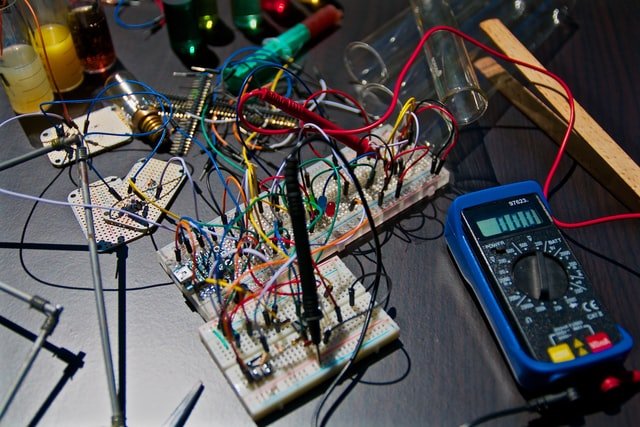PRESSURE, ARCHIMEDES’ PRINCIPLES, UPTHRUST & LAWS OF FLOATATION
PRESSURE Pressure is defined as the perpendicular force per unit area acting on a surface. It is a scalar quantity & measured in N/m2 or Pascal (pa).It can also be defined as the force per unit area, which is calculated by taking the total force and dividing it by the area over which the force […]
PRESSURE, ARCHIMEDES’ PRINCIPLES, UPTHRUST & LAWS OF FLOATATION Read More »

